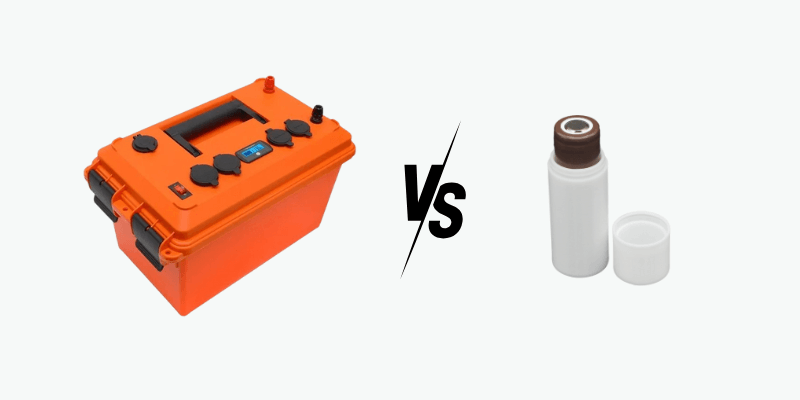Penasaran tentang perbedaan antara casing baterai dan casing baterai? Keduanya penting dalam elektronik tetapi melayani tujuan yang berbeda. Panduan ini menguraikan jenis, fungsi, dan penggunaannya. Pada akhirnya, Anda akan memahami dengan jelas mana yang Anda butuhkan dan mengapa.
Apa itu kasing baterai?
Kasing baterai dirancang untuk melindungi dan mengatur baterai Anda, membuatnya mudah diakses saat dibutuhkan. Kasing ini dapat menampung satu atau lebih baterai dan datang dalam berbagai bentuk dan ukuran agar sesuai dengan kebutuhan Anda.
Jenis Kasing Baterai
- Kasing baterai plastik: ringan dan hemat biaya, ini umumnya digunakan untuk barang-barang seperti remote control dan mainan.
- Kasing baterai logam: tahan lama dan protektif, ideal untuk aplikasi industri yang perlu menahan kondisi kasar.
- Kasing baterai karet: penyerapan kejut dengan cengkeraman yang baik, sempurna untuk perangkat portabel yang sering dijatuhkan.
- Kasing baterai tahan air: Lindungi baterai dari air dan kelembaban, cocok untuk peralatan luar atau laut.
- Kasing baterai yang disesuaikan: Dirancang untuk perangkat tertentu, memastikan kinerja yang cocok dan optimal.

Apa yang dilakukan baterai baterai?
- Kasing baterai sangat penting untuk menjaga baterai Anda aman dan fungsional. Mereka menawarkan beberapa manfaat, termasuk:
- Perlindungan: Perlindungan baterai Anda dari tetesan, gundukan, dan goresan.
- Organisasi: Simpan baterai di tempat untuk mencegah kehilangan.
- Keselamatan: Cegah baterai saling menyentuh atau benda logam, mengurangi risiko sirkuit pendek.
- Portabilitas: memungkinkan Anda untuk membawa baterai ekstra dengan mudah tanpa kerusakan.
- Daya tahan baterai yang diperluas: Lindungi dari kelembaban dan suhu ekstrem untuk memperpanjang masa pakai baterai.
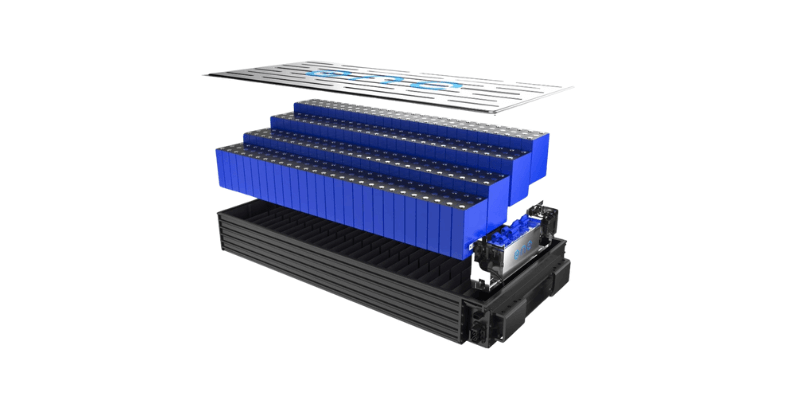
Apa itu casing baterai?
Casing baterai adalah cangkang luar yang melindungi setiap sel baterai. Ini berbeda dari casing baterai, yang menampung beberapa baterai atau seluruh paket bersama -sama. Casing mengelilingi setiap sel untuk memastikan perlindungan dan fungsi yang tepat, bertindak sebagai perisai terhadap elemen eksternal.
Jenis Casing Baterai
- CASING PLASTIK: Ini ringan dan ramah anggaran, menjadikannya pilihan elektronik konsumen. Mereka menjaga sel baterai aman dan terinsulasi.
- Casing logam: Casing aluminium atau baja digunakan dalam aplikasi yang membutuhkan daya tahan dan disipasi panas, seperti baterai otomotif dan alat -alat listrik.
- Kasing keramik: selongsong keramik unggul dalam ketahanan panas dan isolasi listrik di lingkungan suhu tinggi.
- CASING KOMPOSIT: Menggabungkan bahan seperti plastik dan logam, selongsong komposit keseimbangan daya tahan, berat, dan biaya.

Apa yang dilakukan casing baterai?
Fungsi utama casing baterai adalah melampirkan dan melindungi individu sel baterai. Alasan utama kepentingannya meliputi:
- Mencegah kebocoran: segel sel untuk menghindari kebocoran elektrolit, memastikan keamanan dan kinerja.
- Melindungi dari Kerusakan: Perisai Internal komponen dari dampak dan tusukan.
- Insulasi Listrik: Mencegah sirkuit pendek untuk operasi yang aman.
- Manajemen Termal: AIDS dalam disipasi panas untuk mencegah overheating.
- Stabilitas kimia: menolak korosi, menjaga integritas baterai dan umur panjang.
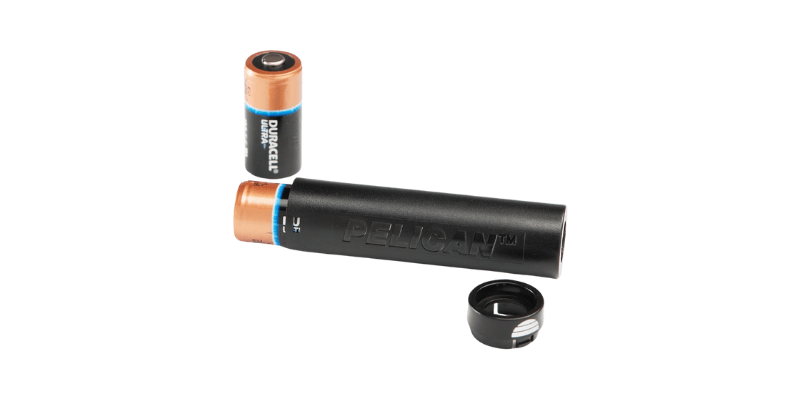
Casing baterai vs. casing baterai
Struktur
Kasing baterai:
- Sepertinya sebuah wadah.
- Terbuat dari plastik, karet, atau logam agar tetap sulit.
- Memegang beberapa baterai atau keseluruhan paket baterai.
- Termasuk slot terpisah untuk organisasi.
Casing baterai:
- Berfungsi sebagai cangkang pelindung untuk satu sel baterai.
- Terbuat dari bahan seperti aluminium, baja, plastik, atau keramik untuk isolasi dan kekuatan.
- Segel rapat untuk mencegah kebocoran atau kontaminasi.
- Lebih tipis dari casing baterai karena hanya mencakup satu sel.
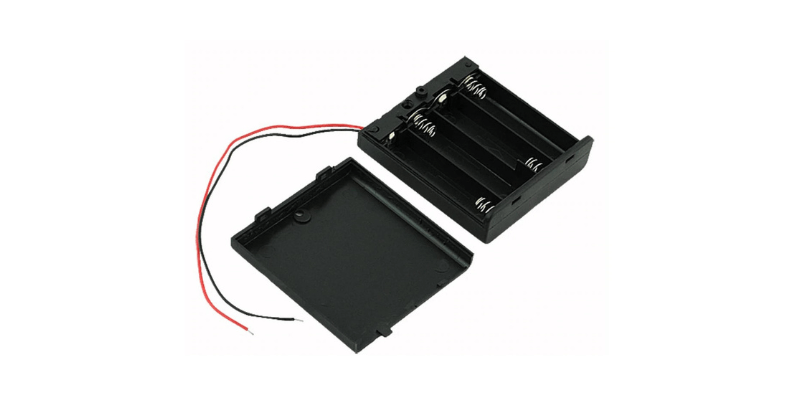
Fungsi
Kasing baterai:
- Lindungi baterai Anda dari benjolan, kelembaban, dan debu.
- Membuatnya mudah untuk melacak beberapa baterai untuk pertukaran cepat
- Biasanya dilengkapi dengan pegangan atau tali sehingga Anda dapat membawanya dengan mudah.
- Sempurna untuk menyimpan baterai cadangan dengan aman.
Casing baterai:
- Benar -benar membungkus sel baterai untuk melindunginya dari elemen eksternal.
- Menghentikan sirkuit pendek dengan isolasi listrik.
- Membantu mengelola panas sehingga hal -hal tidak terlalu panas.
- Berjuang dari korosi dan reaksi kimia untuk menjaga semuanya dalam kondisi yang baik.
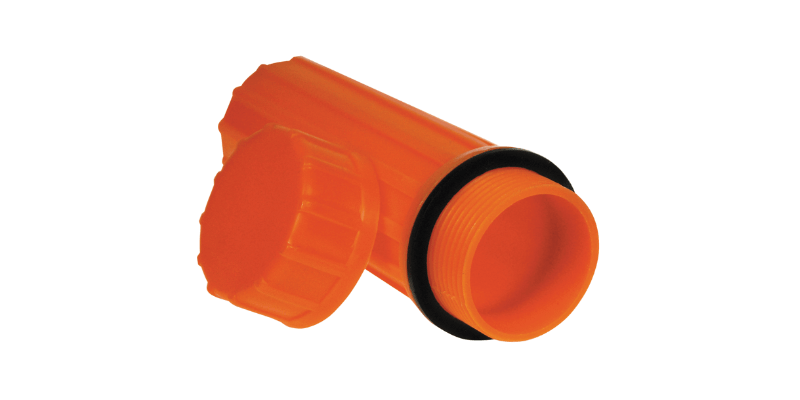
Desain
Kasing baterai:
- Tersedia dalam berbagai bentuk dan ukuran agar sesuai dengan baterai yang berbeda, beberapa tahan air dan tahan kejut untuk perlindungan tambahan.
- Mereka menampilkan elemen ramah pengguna seperti label yang jelas untuk identifikasi yang mudah.
- Opsi tersedia untuk menyesuaikannya untuk perangkat atau kebutuhan tertentu.
Casing baterai:
- Dirancang agar sesuai dengan dimensi yang tepat dari sel baterai dengan aman, mereka dibangun dengan keras untuk melindungi komponen internal.
- Dilengkapi dengan sirip atau elemen untuk menghilangkan panas dan menjaga keadaan tetap dingin.
- Mereka dibuat dengan tampilan yang mulus untuk secara efektif menjaga elemen eksternal.
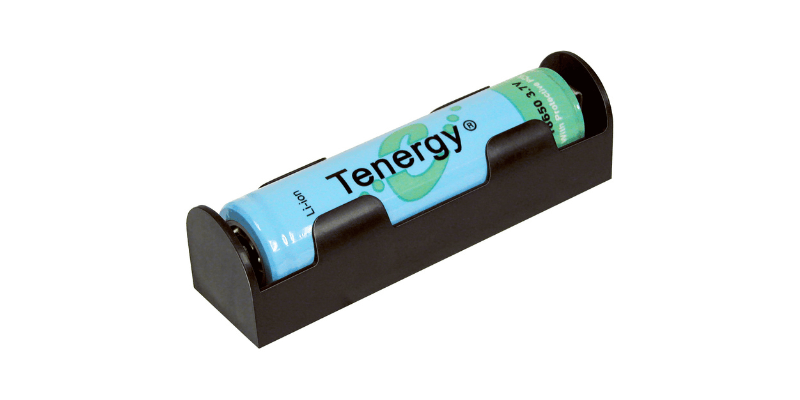
Casing baterai dan contoh aplikasi casing baterai
Berikut adalah beberapa contoh di mana casing dan selongsong baterai digunakan:
Aplikasi Casing Baterai
- Elektronik Konsumen: Kontrol jarak jauh, mainan, dan perangkat kecil menggunakan kasing baterai untuk melindungi baterai dan memastikan fungsionalitas.
- Aksesori Otomotif: Barang -barang seperti starter lompatan portabel dan inflator ban memiliki kasing baterai, memungkinkan Anda untuk menyalakan di mana saja.
- Perlengkapan luar: Lentera berkemah dan perangkat GPS dilengkapi dengan kasing baterai untuk melindungi baterai dari cuaca.
- Aksesori Pribadi: Perangkat seperti jam tangan dan konsol genggam memiliki tempat yang aman untuk baterai mereka.
- Perangkat Medis: Peralatan portabel seperti oksimeter pulsa bergantung pada kasing baterai untuk beroperasi dengan lancar dalam pengaturan perawatan kesehatan.
Aplikasi Casing Baterai
- Kendaraan Listrik (EV): Selubung baterai mengisolasi dan melindungi sel -sel baterai dalam EV dari fluktuasi dan getaran suhu.
- Aerospace: Di pesawat ruang angkasa dan satelit, selongsong baterai melampirkan sel untuk memastikan daya yang andal dalam suhu ekstrem dan kondisi vakum.
- Implan medis: Perangkat seperti alat pacu jantung bergantung pada selubung baterai yang aman untuk kinerja jangka panjang dan keselamatan pasien.
- Peralatan Laut: Baterai laut membutuhkan selubung yang kuat untuk menjaga terhadap intrusi air dan korosi.
- Otomatisasi Industri: Sensor bertenaga baterai dalam otomatisasi industri menggunakan selongsong untuk melindungi terhadap debu, kelembaban, dan bahan kimia.
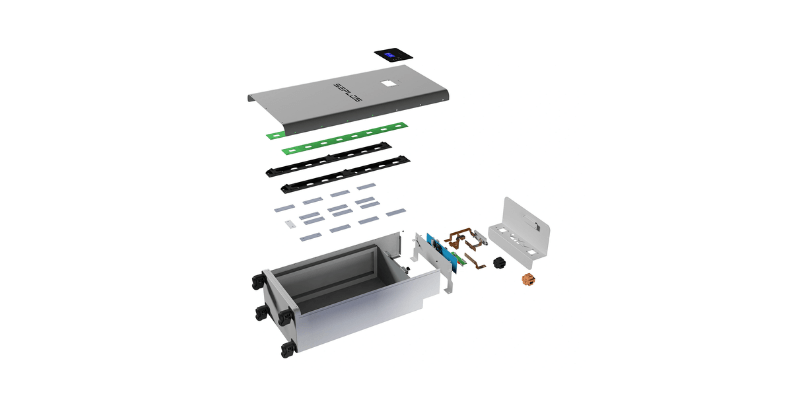
Bagaimana cara memilih antara kasing baterai dan casing baterai?
Saat memutuskan antara baterai dan casing baterai, pertimbangkan yang berikut:
- Jenis Perangkat: Jika perangkat Anda memerlukan banyak baterai, pilih casing baterai. Untuk baterai sel tunggal, pilihlah casing baterai.
- Lingkungan: Untuk kondisi luar atau keras, pilih sesuatu yang tahan air dan kokoh.
- Anggaran: Plastik lebih terjangkau, tetapi untuk perlindungan superior, logam atau keramik adalah pilihan yang lebih baik.
FAQ
Bagaimana saya tahu jika casing baterai saya perlu diganti?
Cari retakan, pembengkakan, atau korosi. Dalam EVS, sistem diagnostik sering menandai masalah integritas casing.
Apakah baterai waterproof?
Beberapa peringkat IP67/IP68, tetapi periksa spesifikasinya.
Bahan apa yang terbaik untuk selubung baterai?
Aluminium, yang dikenal karena sifat disipasi yang ringan dan panas, dan komposit, diakui karena kekuatannya yang tinggi, adalah pilihan teratas.

